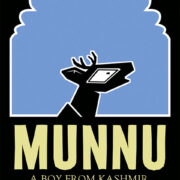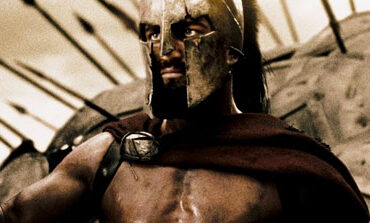Let me give you an itsy bitsy piece of information right away—before we begin to dwell on the antihero that is Sandman, before we talk about why The Sandman is Literature and not literature, before we talk about our various love affairs with Him, I would like to inform you that Sandman dies. Yep, He really does.
Like me, most of you might have picked up Sandman at a bookstore, sat yourself down beside the rack on the floor, tugged at that loose strand of hair behind your ear, fixed those glasses into place, and dug into a journey you didn’t know you’d never finish. For those of us who love to keep our lives as complicated as they could get, it’s quite easy to fall in love with the world of Sandman—one that is hard-hitting, elusive, dreamy, and yes, quite, quite complicated.

Volume nine of the Sandman series: The Kindly Ones.
Neil Gaiman once said that he doesn’t like goodbyes, and that writing The Sandman series—the process itself—was like a series of goodbyes. So when Sandman, a.k.a. Dream, a.k.a Morpheus, etc. dies at the end of The Kindly Ones (the ninth volume in the Sandman series), it isn’t all that surprising. What else could He have done? His liabilities, his strange sense of responsibility, his unwillingness to accept his self-destructive ways, take a very real, unescapable shape in this volume. Despite being one of the Endless, Morpheus proves himself to be human. And in that, Gaiman celebrates humanity at its frail best.
For those of you who love comic books and graphic novels (Argh! Will someone explain to me the difference between the two?), reading The Sandman will take a huge leap of faith. Neil Gaiman combines myth, pop culture, poetry, and sheer magic to create a world where every panel might as well be a mirage that mirrors your own world—you wouldn’t know which one was real. Morpheus, the king of the Dreamworld, along with his six siblings constitute the Endless and out of the six, Death, Dream’s sister (Yes! A woman!), takes precedence for the most part. So when Dream chooses to die, She is right there holding his hand through to the other side.
The Kindly Ones cannot be read without the rest of the eight volumes backing you up. From Hippolyta Hall to Rose Walker to Thessaly to countless others, The Kindly Ones gives a grand closing ceremony to each of these characters, who have made their appearance several times before, like no other. The volume starts with Hippolyta Hall’s baby boy Daniel being kidnapped. From there it’s all downhill for Morpheus. It is structurally a greek tragedy, written with the soul of a deranged lunatic on a suicide mission. Morpheus is our doomed hero and the Kindly Ones are a reference to the Furies, the three witches, who are hell bent on making Morpheus pay for killing his own son, Orpheus. (Again, my sincere apologies for all the spoilers.)
The heaviest and most ambitious volume in the series, The Kindly Ones sees Neil Gaiman paying fitting homage to a character long loved and cherished by millions of fans across the world. We capture snapshots of little lessons that we could incorporate into our lives, on love, responsibility, mortality, and the list goes on throughout the whole series that is The Sandman. But no other volume comes close to explaining just what these words mean like The Kindly Ones does, because aren’t words just sounds until we pour our experiences into them? Neil Gaiman makes sure he gives every last drop of himself to these words that you read, and just maybe you’ll never feel the same again. You may want to keep some tissues handy for this one.









Good job monkey! May this be the start of something beautiful.
I think the coolest thing about Dream was how they sketched him
And his costume… :-)
And THAT GAS MASK! Wowsie!
m/